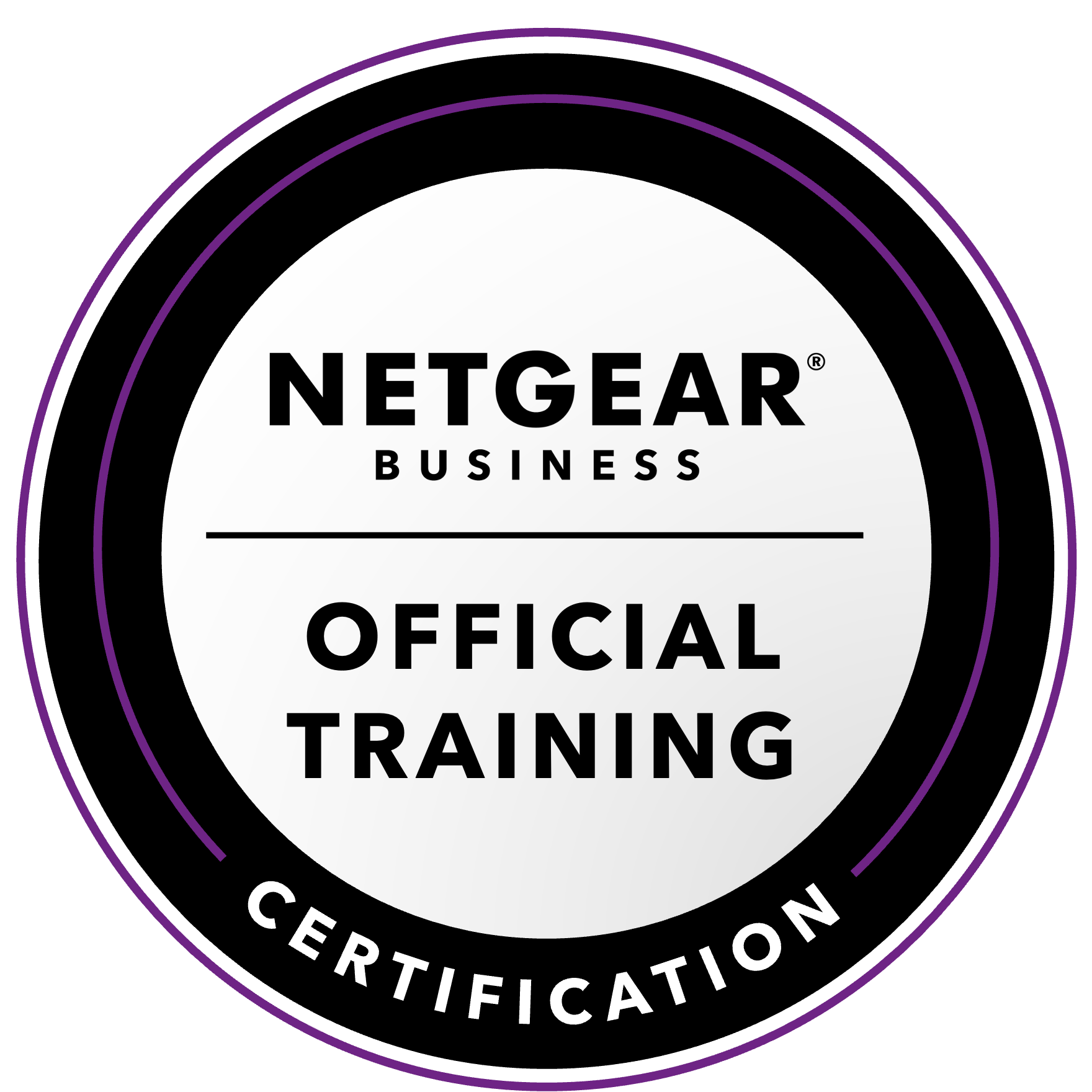NETGEAR is aware of a growing number of phone and online scams. To learn how to stay safe click here.
Forum Discussion
bluestar
Aug 27, 2016Follower
Bit Rot Protection explained
Hi,
using Bit Rot Protection means enabling the BTRFS Checksum feature. If you write some data then BTRFS automatically creates a checksum for a data-block. If you access or read some data, then the checksum will be verified. If one or more bytes in this data-block have changed for some unknown reason, then this change will be detected by BTRFS. If there is only one single harddisk then the error can just be reported - that means the error gets detected but not corrected. If there are two harddisks that have been created by BTRFS RAID1 then the error will not only be detected but the correct data that exists on the second harddisk will be delivered to the user. So only if you use two harddisks, error correction can be realized. And that is exatly what Bit Rot Protection means.
So I really wonder, why all Netgear systems that have two harddisks DO NOT USE BTRFS RAID1? If you have two harddisks Netgear does not create a BTRFS Raid, but it creates automatically a standard Linux-Raid (MD) without any chance of detecting or correcting errors by checksum. The BTRFS file system is created on top of the MD Device (which represents the standard Linux Raid mirrored harddisks), so that BTRFS only sees one single harddisk. In consequence, BTRFS error correction can not work. There is only an error detection functionality - so there is no Bit Rot Protection.
I have no idea why netgear does not create native BTRFS RAID1. This would easily be possible but they don't use this feature that would easily bring real Bit Rot Protection.
Can anybody please explain what I'm missing?
Thanks!
We've implemented bit-rot protection in a way that makes use of md raid.
If the BTRFS checksum fails we examine the md layer and if the checksum is good recover using that.
The problem with BTRFS RAID is that their RAID 5/6 code is still experimental and not near production ready. This is the main reason we don't use it.
Using X-RAID (the default RAID configuration for every current ReadyNAS) in our 4-bays and up users need to be able to easily upgrade from two disk to three or four disk RAID configurations.
Until/unless we're satisfied that BTRFS RAID is mature and better than mdadm RAID we won't consider making the switch. Switching over would require a factory reset (wipes all data, settings, everything) which would delay things further as we want to avoid that where possible and maintaining the use of both mdadm RAID and BTRFS RAID support would be a fair bit of extra work for our developers. It's clear that we will be using mdadm RAID for the foreseeable future.
Most of our users of boxes with more than two drive bays are not going to be using RAID-1 volumes.
Using the mature mdadm RAID and getting the best of the BTRFS filesystem and the best of software RAID for Linux is the only configuration that makes sense at this time.
1 Reply
Replies have been turned off for this discussion
- mdgm-ntgrNETGEAR Employee Retired
We've implemented bit-rot protection in a way that makes use of md raid.
If the BTRFS checksum fails we examine the md layer and if the checksum is good recover using that.
The problem with BTRFS RAID is that their RAID 5/6 code is still experimental and not near production ready. This is the main reason we don't use it.
Using X-RAID (the default RAID configuration for every current ReadyNAS) in our 4-bays and up users need to be able to easily upgrade from two disk to three or four disk RAID configurations.
Until/unless we're satisfied that BTRFS RAID is mature and better than mdadm RAID we won't consider making the switch. Switching over would require a factory reset (wipes all data, settings, everything) which would delay things further as we want to avoid that where possible and maintaining the use of both mdadm RAID and BTRFS RAID support would be a fair bit of extra work for our developers. It's clear that we will be using mdadm RAID for the foreseeable future.
Most of our users of boxes with more than two drive bays are not going to be using RAID-1 volumes.
Using the mature mdadm RAID and getting the best of the BTRFS filesystem and the best of software RAID for Linux is the only configuration that makes sense at this time.
Related Content
NETGEAR Academy

Boost your skills with the Netgear Academy - Get trained, certified and stay ahead with the latest Netgear technology!
Join Us!
